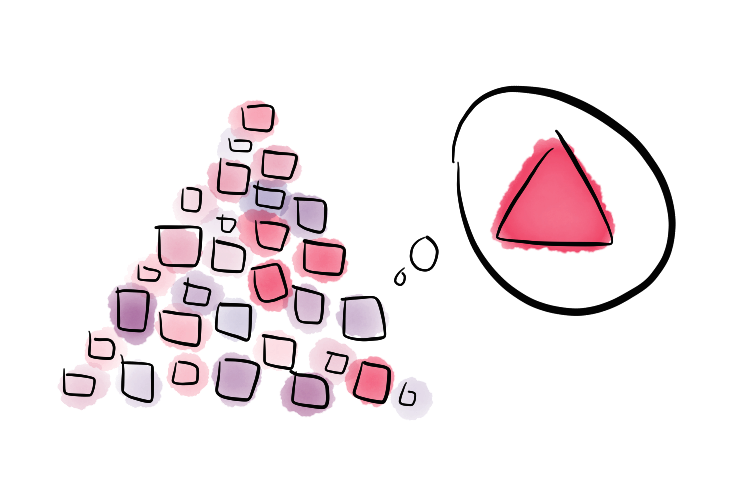We want to know:
How do groups work together to do great things when they are made of simple parts?

We are part of the School of Complex Adaptive Systems, the Global Biosocial Complexity Initiative, and the ASU-SFI Center for Biosocial Complex Systems at Arizona State University.
The Big Picture for Our Work
Groups do great things together. This is true for groups of people, but also many other kinds of groups. I am talking about groups of cells in your brain that talk to each other when you think. I am talking about groups of tiny pieces dancing around inside your cells that break down your food and control how your body works. I am talking about animals that live together and share the work of building their home and finding food.
Often the way these groups work is hard to understand. Can we figure out which parts of the group control what the group does as a whole? We study these groups and try to find out how they work. We get excited when different groups seem to work in the same way. Sometimes we can find ways that very different groups actually work in the same way, once you figure out the right way to look at it.
People have studied for a long time how groups of very simple things work, like the huge number of little bits that make up stuff like rocks. They have ways of thinking about groups that help us understand things like why some rocks are harder than others, or why you can use some rocks to make phones and computers and so on. It all has to do with how the bits of the rock work together. Some of these same ideas can help us think about very different sorts of groups, like bodies and animals and brains. Maybe these ideas could also one day help groups of people live better together.
(Idea from xkcd, with help from the up-goer five checker)